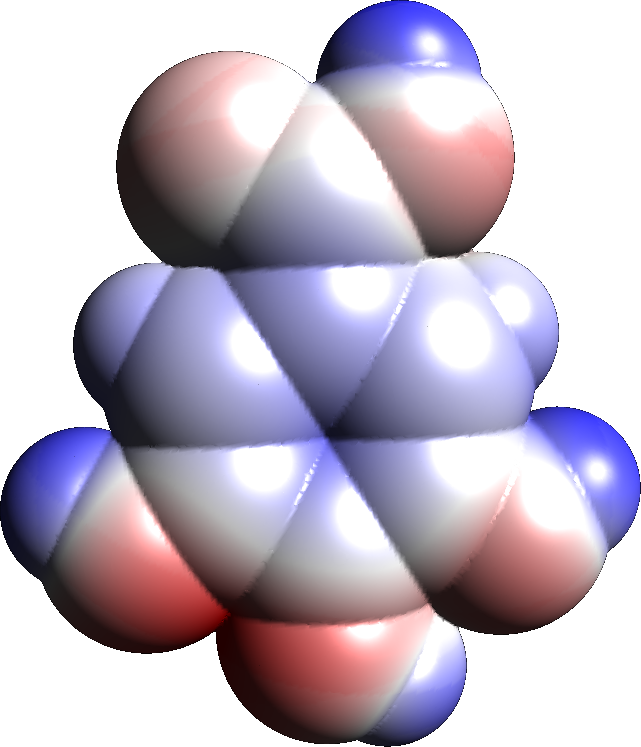|
Trihydroxybenzoic Acids
Trihydroxybenzoic acid may refer to the following phenolic acids: * Gallic acid (3,4,5-trihydroxybenzoic acid) * Phloroglucinol carboxylic acid (2,4,6-trihydroxybenzoic acid) O-methylated trihydroxybenzoic acids are: * Eudesmic acid * Syringic acid Syringic acid is a naturally occurring phenolic compound and dimethoxybenzene that is commonly found as a plant metabolite. Natural occurrence Syringic acid can be found in several plants including '' Ardisia elliptica'' and ''Schumannianthus ... Glycosides: * Theogallin {{Chemistry index ... [...More Info...] [...Related Items...] OR: [Wikipedia] [Google] [Baidu] |
Phenolic Acid
Phenolic acids or phenolcarboxylic acids ? are phenolic compounds and types of aromatic acid compounds. Included in that class are substances containing a phenolic ring and an organic carboxylic acid function (C6-C1 skeleton). Two important naturally occurring types of phenolic acids are hydroxybenzoic acids and hydroxycinnamic acids, which are derived from non-phenolic molecules of benzoic and cinnamic acid, respectively. Occurrences Phenolic acids can be found in many plant species. Their content in dried fruits can be high. Natural phenols in horse grams (''Macrotyloma uniflorum'') are mostly phenolic acids, namely 3,4-dihydroxy benzoic, ''p''-hydroxy benzoic, vanillic, caffeic, ''p''-coumaric, ferulic, syringic, and sinapinic acids. Phenolic acids can be found in several mushroom-forming species of basidiomycetes. It is also a part of the humic substances, which are the major organic constituents of soil humus. Many phenolic acids can be found in human urin ... [...More Info...] [...Related Items...] OR: [Wikipedia] [Google] [Baidu] |
Gallic Acid
Gallic acid (also known as 3,4,5-trihydroxybenzoic acid) is a trihydroxybenzoic acid with the formula C6 H2( OH)3CO2H. It is classified as a phenolic acid. It is found in gallnuts, sumac, witch hazel, tea leaves, oak bark, and other plants. It is a white solid, although samples are typically brown owing to partial oxidation. Salts and esters of gallic acid are termed "gallates". Its name is derived from oak galls, which were historically used to prepare tannic acid. Despite the name, gallic acid does not contain gallium. Isolation and derivatives Gallic acid is easily freed from gallotannins by acidic or alkaline hydrolysis. When heated with concentrated sulfuric acid, gallic acid converts to rufigallol. Hydrolyzable tannins break down on hydrolysis to give gallic acid and glucose or ellagic acid and glucose, known as gallotannins and ellagitannins, respectively. Biosynthesis Gallic acid is formed from 3-dehydroshikimate by the action of the enzyme shikimat ... [...More Info...] [...Related Items...] OR: [Wikipedia] [Google] [Baidu] |
Phloroglucinol Carboxylic Acid
Phloroglucinol carboxylic acid, also called ‘Phloroglucinic acid’ or simply ‘PGCA’, is a trihydroxybenzoic acid, a type of phenolic acid. It can be encountered in nature were it is produced by plants or microorganisms. Structurally, the molecule can be perceived as Gallic acid in which the 2 hydroxy groups at positions 3 and 5 respectively on the benzene ring backbone have been moved “up” to positions 2 and 6, closely neighboring the carboxylic acid functional group. Salts and esters of PGCA (e.g. potassium salt or methyl ester) are known as Phloroglucinates. It is produced by ''Pseudomonas fluorescens''. It is a catechin degradation product excreted by the bacterium ''Acinetobacter calcoaceticus ''Acinetobacter calcoaceticus'' is a bacterial species of the genus '' Acinetobacter''. It is a nonmotile, Gram-negative coccobacillus. It grows under aerobic conditions, is catalase positive and oxidase negative. ''A. calcoaceticus'' is a part ...'', a species of bacte ... [...More Info...] [...Related Items...] OR: [Wikipedia] [Google] [Baidu] |
Eudesmic Acid
Eudesmic acid is an ''O''-methylated trihydroxybenzoic acid. Natural Occurrence It can be found in '' Eucalyptus spp.'' Synthesis Eudesmic acid is most directly synthesized by reaction of gallic acid with dimethyl sulfate. Derivatives #Esterified with Deanol. # Trimebutine # Amoproxan # Bernzamide #3,4,5-trimethoxy-N-(pyridin-4-yl)benzamide 1638-97-8 # Butobendine # Capobenic acid # Dilazep # Ecipramidil # Fepromide # Hexobendine # Mepramidil ( Diphenamilate) # TMB-8 7818-92-5# Tricetamide ( Trimeglamide) #Trimethobenzamide # Trimetozine # Tritiozine (ala trimetozine but thioamide). # Trocimine 4368-24-2#Troxipide ( Lefron) # Troxonium # Troxypyrrolium ( Troxypyrrole, Trox) # Trimetamide. # Vinmegallate (RGH-4417) # Leonuramine and Leonurine. # Methoserpidine, Reserpine Reserpine is a drug that is used for the treatment of hypertension, high blood pressure, usually in combination with a thiazide diuretic or vasodilator. Large clinical trials have shown that combined tre ... [...More Info...] [...Related Items...] OR: [Wikipedia] [Google] [Baidu] |
Syringic Acid
Syringic acid is a naturally occurring phenolic compound and dimethoxybenzene that is commonly found as a plant metabolite. Natural occurrence Syringic acid can be found in several plants including '' Ardisia elliptica'' and ''Schumannianthus dichotomus''. It is biosynthesized by the shikimic acid pathway in plants. Synthesis Syringic acid can be prepared by selectively hydrolyzing ( demethylating) eudesmic acid with 20% sulfuric acid. Presence in food Syringic acid can be found in several fruits including olives, dates, spices, pumpkin, grapes, acai palm, honey, red wine, among others. Its presence in the ancient Egyptian drink shedeh could confirm it was made out of grape, as syringic acid is released by the breakdown of the compound malvidin, also found in red wine. It is also found in vinegar. Applications Various studies have found syringic acid to have potentially useful properties such as anti-oxidant, anti-microbial, anti-inflammation, anti-cancer, a ... [...More Info...] [...Related Items...] OR: [Wikipedia] [Google] [Baidu] |
Theogallin
Theogallin is a trihydroxybenzoic acid glycoside, a type of polyphenolic compound found in tea where it has been characterised as an umami enhancing compound. The compound can also be found in ''Arbutus unedo'' fruits. In rats, theogallin, or its metabolite quinic acid, can move through the blood brain barrier Blood is a body fluid in the circulatory system of humans and other vertebrates that delivers necessary substances such as nutrients and oxygen to the cells, and transports metabolic waste products away from those same cells. Blood is compo ... and can have cognition enhancing activities. References Quinic acid esters Pyrogallols {{aromatic-stub ... [...More Info...] [...Related Items...] OR: [Wikipedia] [Google] [Baidu] |
